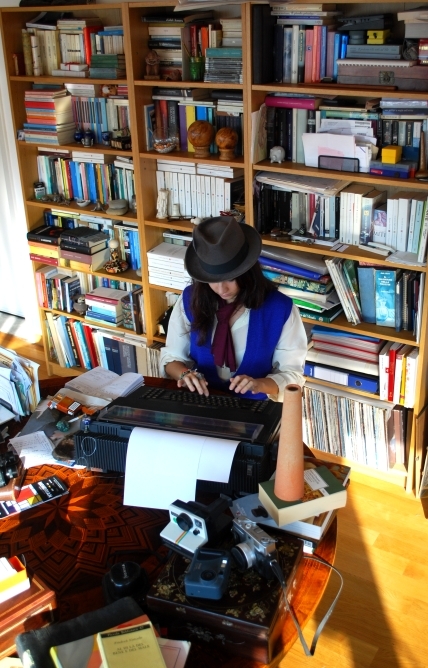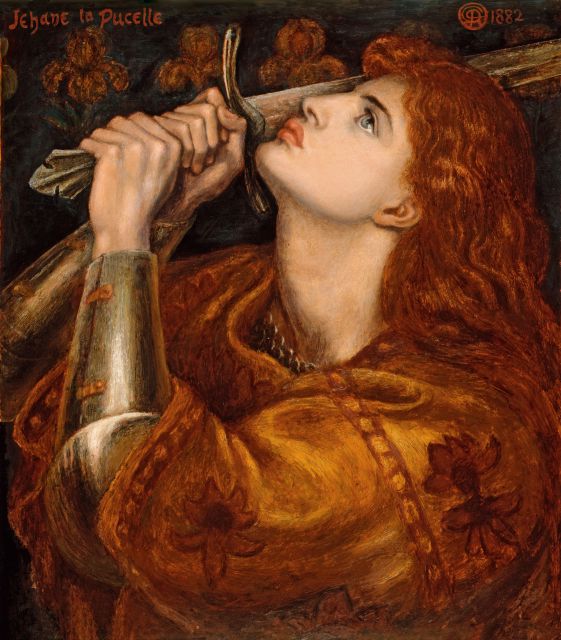
When it comes to creative jobs in general – and jobs in contemporary art in particular – the word “work” often assumes nuanced meanings.
After all work is not supposed to be fun. It has to be a daily ordeal, something that drains off your love for life, fades the colours around you and makes food tasteless.
Well, I think that today, more than ever, that is simply not true.
If you are into Brain Pickings, TED Talks, School of Life & similaria just like I am – and you probably are since you stumbled on this blog – you listen to people spurring you to make a business out of your passion every day. Nothing seems to be impossible in the era of internet. The sheer fact of owning a computer opens up a myriad of resources and possibilities.
Yet once again I hear people in contemporary art industry saying “Obviously with this project we are not interested in making any profit. We are doing that for the glory.” What followed is usually a resigned nodding: “That’s the way it is.”
The glory? What the hell, I thought, we are talking of contemporary art! If you are in for the glory, you better choose something a little more mainstream. Contemporary art gave fame and glory to very few people. The majority of these people are just a handful of artists, the rest are Hans Ulrich Obrist and Achille Bonito Oliva. Full stop. You may worship Palma Bucarelli (the late charming director of Rome’s National Gallery from 1942 al 1975) just like I do. But you also have to acknowledge that she’s pretty niche. Niche to the point she doesn’t even have a Wikipedia page in English. The best part is that I don’t think she would care about having a Wikipedia page either. She was not in for the glory; working in a museum was her job and it was a real respectable job, the kind that pays the bills – and in her case all those glamorous dresses as well.





